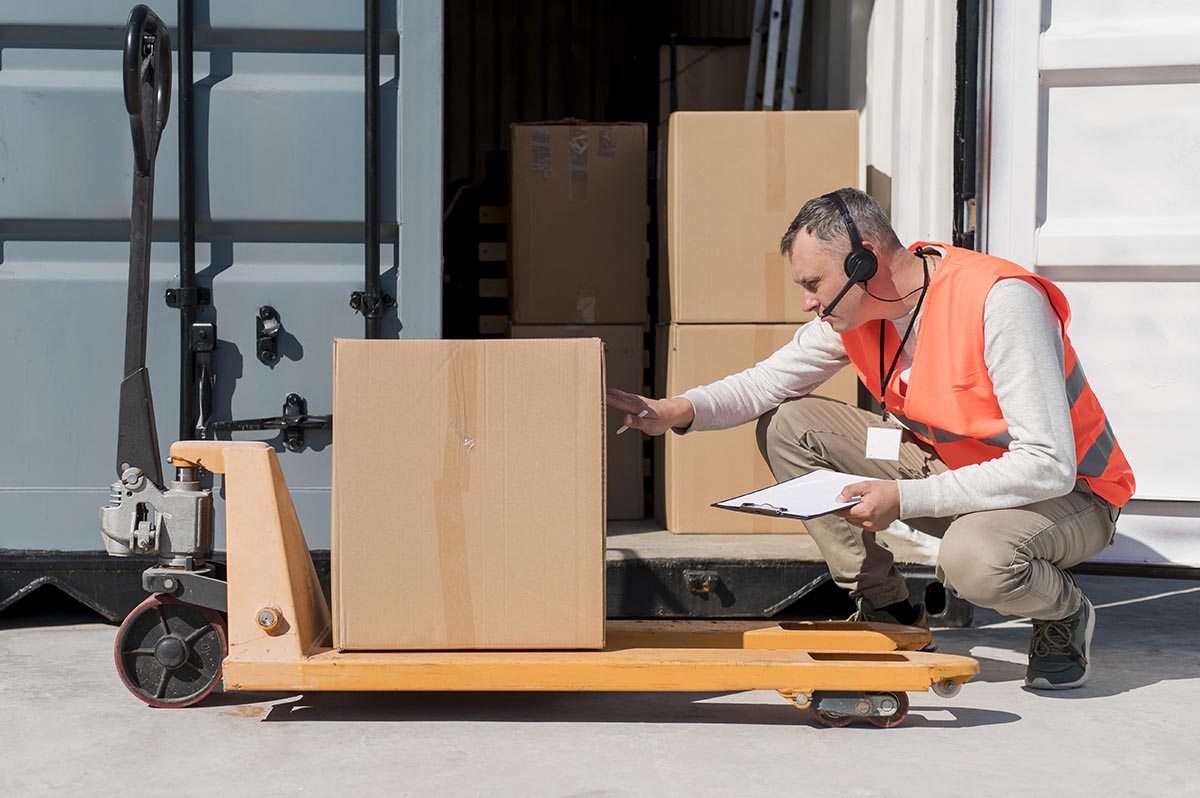
Consolidated cargo transportation is a type of delivery where you rent only the portion of the container volume that your cargo requires instead of the entire container. This makes logistics more cost-effective than all other types of delivery.
To ensure that a product distribution business generates real profits, it is essential to find ways to save costs. Consolidated cargo transportation provides an opportunity to minimize shipping expenses. By placing small and medium-sized orders, you can achieve maximum savings on logistics services.
Features of Consolidated Cargo Transportation:
However, there is no reason to worry about your cargo getting stuck at the port. The difference in delivery times is only a few days, but the cost of transportation can be several times lower than renting an entire container. This is especially relevant when you need to ship a small batch of goods to avoid excess stock or if you do not place large orders at all.
Carriers and buyers use a shared container for consolidated cargo if:
Comparison Table: Consolidation (LCL) vs Full Load (FCL/FTL)
| Criterion | Consolidated Cargo (LCL) | Full Load (FCL/FTL) |
|---|---|---|
| Volume | Small and medium shipments that cannot fill the entire vehicle. | Large shipments that occupy the whole truck or container. |
| Cost | Low. Transportation costs are shared among all shippers, and you pay only for the space used. | High. You pay for the entire transport (truck, container), regardless of how full it is. |
| Speed | Medium, as multiple shipments must be gathered for full loading. Additional operations (consolidation, sorting, transshipment) also take time. | High. Goods are shipped directly from the sender to the recipient without stops for reloading. |
| Route Flexibility | The route and schedule depend on all shipments in the group. Changing the destination or route is almost impossible. | The route can be adjusted to the client’s requirements. |
| Risk of Damage | Higher. The cargo goes through multiple handling stages: loading, unloading, sorting in warehouses — increasing the risk of damage or loss. | Low. The cargo is not reloaded during transit, ensuring maximum safety. |
When ordering LCL delivery, the customer gains several advantages:
If you purchase small batches of goods in China for delivery to Ukraine, using consolidated cargo containers is the best choice.
Before choosing this shipping method, it is important to understand its drawbacks:
Despite the disadvantages, consolidated shipments remain a popular and cost-effective solution for many companies, especially those that do not have enough volume to fill a container or truck.
In logistics, the question of what consolidated cargo means has several answers. Consolidated shipments vary by weight, cargo characteristics, transport type, geography, etc.
Shippers need to know:
Lightweight cargo up to 80 kg, medium from 80 to 500 kg, heavy — from 500 kg and above. This helps to choose other shipments for consolidation to efficiently fill the vehicle.
General cargo — the most common type that does not require special transportation conditions.
Dangerous goods (ADR) require special packaging, labeling, and transportation conditions. They can only be consolidated with other compatible dangerous goods.
Perishable goods are transported in refrigerated or thermal trucks. They can also only be consolidated with similar types. Valuable goods require increased security measures and insurance.
Mode of Transport
Consolidated cargo logistics is implemented across all modes:
Consolidation is a highly beneficial format for small and medium shipments.
It is important to be aware of the rules for transporting consolidated cargo:
With well-planned logistics, it is possible to establish a continuous supply chain of small shipments using consolidated containers.
Consolidated cargo delivery is conducted in several stages:

We are here to support you! It is crucial to establish efficient logistics and minimize transportation expenses. Starting with small batches and shipping them through shared container shipping is a safe option. This method reduces the risks, especially during business difficulties. Shipping small quantities is a great way to start. There is always an option to switch to full containers. DiFright wishes you good luck!
If you find it difficult to organize the delivery on your own, contact our company, DiFFreight. We will assist you at all stages, from finding suitable goods to customs clearance. If necessary, we can also conduct an inspection of the goods in China. Contact us in any convenient way to calculate the service cost and finalize the contract.